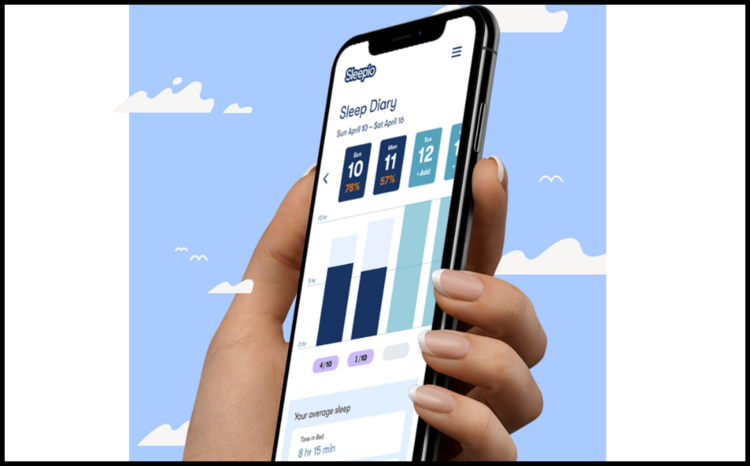QRisk could cut heart disease
- 18 February 2008
The National Institute for Clinical Excellence (NICE) has recommended that the QRisk formula for identifying those most at risk of developing cardiovascular disease (CVD) replace the current guidance in England and Wales
QRisk is an online calculator which works out a patient’s risk of getting CVD, created by doctors and academics from the QResearch board – a not-for-profit partnership between the University of Nottingham and primary care systems supplier EMIS.
QResearch contains anonymised data from around 10m patients across the UK. New data is uploaded and updated each night from the 550 EMIS practices that participate in the project.
The QRisk project analysed 20 years of data from almost 3m UK patients to produce the equation to help doctors identify those most at risk of developing CVD. It takes into account a range of factors including age, blood pressure, Body Mass Index, family history of CVD and a patient’s smoking status.
NICE has now recommended that the formula is adopted across medical practice in England and Wales – replacing the current standard guidance for predicting CVD, the Framingham risk score.
NICE evaluated QRisk for inclusion in its forthcoming national guidance on lipid modification therapy, and in a consultation document issued this month, said: “Emerging evidence suggests that QRisk gives a better estimation of risk in the general population of England and Wales than the Framingham equations.”
EMIS say that the QRisk model is significantly different from the Framingham risk score in a number of key areas. It predicts that a smaller percentage of the population is at risk of CVD, and that very different populations are at risk.
Specifically, it found that women and people living in deprived areas were at far greater risk than predicted by Framingham, which was based on a small US study from more than 30 years ago.
QRisk project leader, Professor Julia Hippisley-Cox, of the University of Nottingham, said: “This is a landmark decision that opens the way for our research to make a real difference to patient care. If adopted nationally, we estimate that QRisk could save many thousands of lives by more accurately identifying those at risk. It will also improve the quality of day-to-day life for many patients.”
She added: “Once NICE has finalised their guidance, our key task will be to ensure that colleagues can easily implement QRisk within clinical practice and we are developing software that will make this possible.”
Dr David Stables, clinical director of EMIS and a director of QResearch, said: “This is a powerful example of how data captured in the process of caring for the individual patient can be used to improve healthcare for all. It is also a tribute to the thousands of working GPs who freely contribute their data to QResearch; without their co-operation, projects like QRisk could not happen.”
QResearch are now looking for more EMIS practices to take part in the project. Practices interested in contributing data should contact Julia.hippisley-cox@nottingham.ac.uk.
Link
Joe Fernandez




